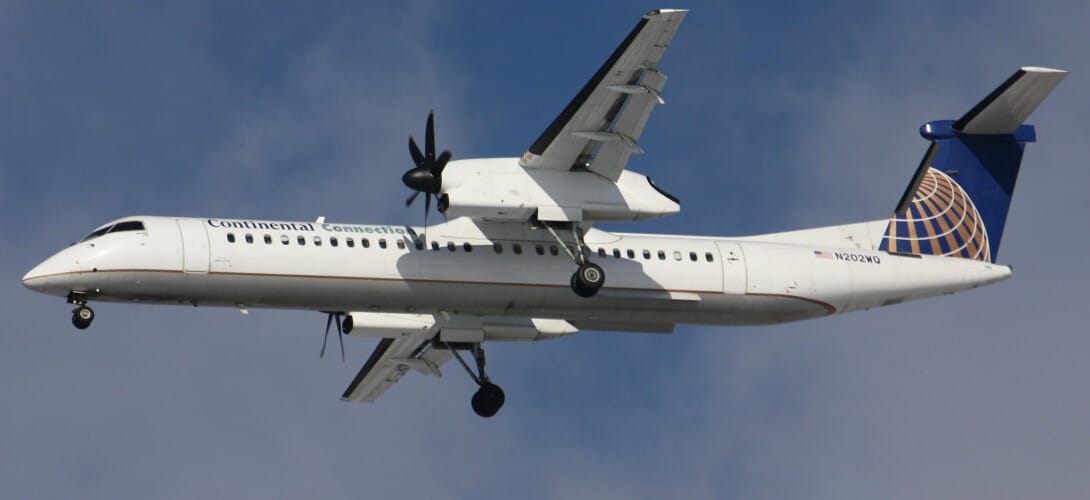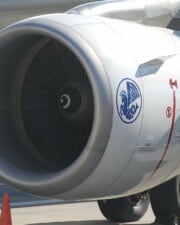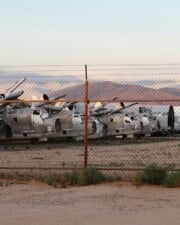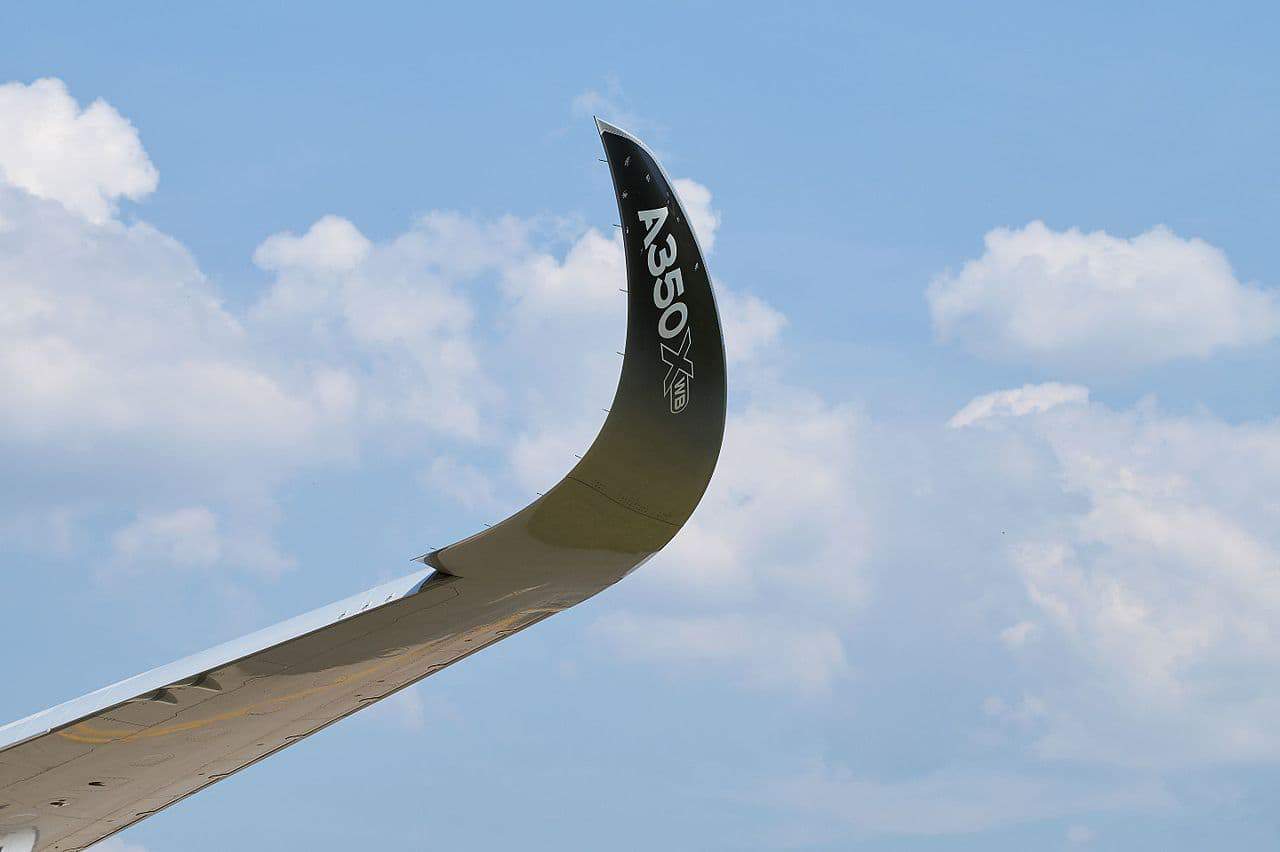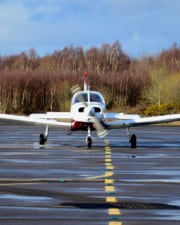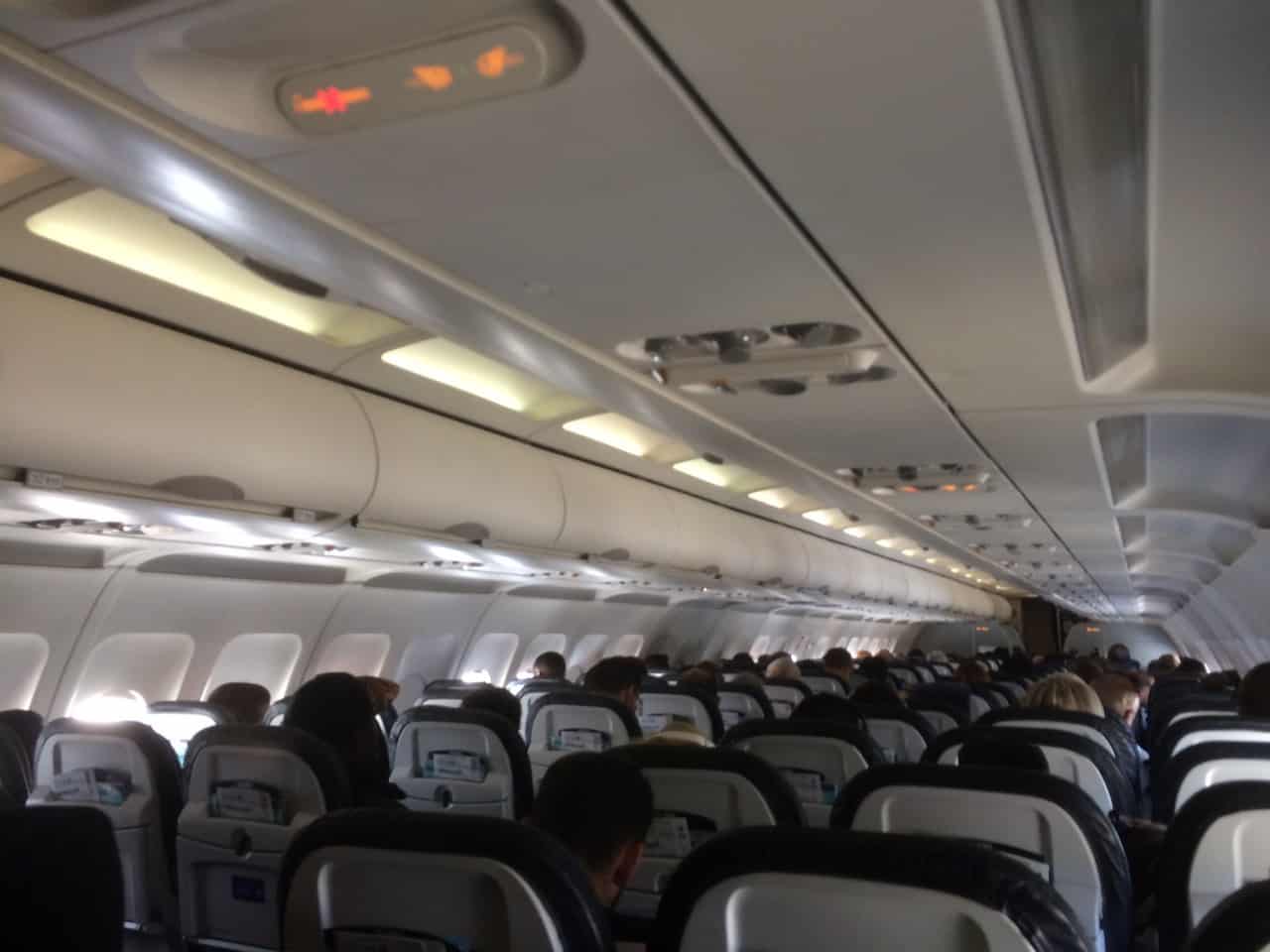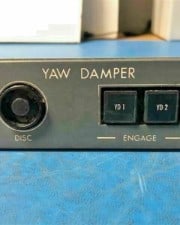Prior to the invention of jets, turboprops were the go-to powerplant when piston engines could not provide the power or range it needed. Since the invention of jets, however, turboprops have become less common though they are still used, but why?
Turboprops are still used chiefly due to their increased versatility relative to their jet counterparts. Other reasons for their continued use include their safety record, improved comfort, more efficiency and the cheaper costs associated with turboprops.
What is a Turboprop?
Before we can analyze why turboprops are still used, we must first look at what a turboprop actually is, beyond it just being a type of powerplant and an alternative to both pistons and jets.
In many ways turboprops are the middle ground between jets and pistons: after all, they are a jet engine that uses a propeller (like you’d see on a piston aircraft).
Related: The Difference Between Turbojet and Turbofan Engines
Turboprops essentially work by air entering the front of the engine through the air intake (the little hole behind the propeller cone).
This air then passes into the compressor (or a few compressors if it’s a large engine) before entering the combustion chamber where air is mixed with fuel and ignited.

But rather than this then being forced out of the back of the engine to create thrust, as would happen in a jet, the air is used to drive a turbine, which causes the propeller to spin.
This is done to combine the best attributes of jet aircraft (their reliability, fuel efficiency etc.) with the best attributes of piston aircraft (their better performance at lower speeds/altitudes, relative ease of maintenance etc.)
Although the first design for a turboprop engine was published in 1928, it wasn’t until a full decade later that a working prototype was built (mostly due to the financial constraints of the Great Depression).
WWII accelerated the development of turboprop engines as a reliable alternative to pistons when jet engines weren’t available or warranted.
Following the war, turboprop engines became more popular on long-haul commercial aircraft due to the lack of jet-powered alternatives. Following the introduction of the first jet airliners, turboprops declined in popularity and prevalence, becoming a staple of smaller aircraft.
Related: The 5 Main Types of Aircraft Jet Engines
Are Turboprops Outdated?
In part due to this, as well as other factors, some have considered turboprop engine designs to be outdated.
And whilst this may have some merit – regional airliners that were once powered by turboprops have grown so much in size that they must now be powered by jets to achieve their desired specs – where turboprops are used has now changed.
Instead of powering airliners, turboprops are now used to power many high-spec General Aviation (GA) and VIP transport aircraft, where they have replaced piston engines. In this guise, they have adapted to avoid becoming outdated.
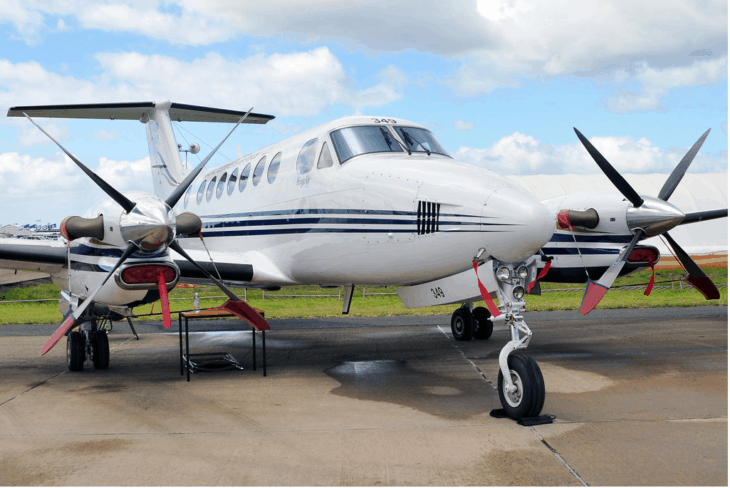
Where airliners necessitated speed and efficiency above all else, GA and VIP operators prefer a blend of speed, efficiency, range and cabin noise.
To meet these changing requirements, turboprop engine manufacturers have had to alter their designs whilst improving the technology of the engine itself.
Why are Turboprops Still Used?
Both private operators and airlines operate their own turboprop fleets for many different reasons. Among these reasons are:
More Access
Perhaps the leading reason why turboprops are still used is down to the sheer number of airports they can reach when compared to their jet counterparts.
When it comes to takeoff and landings, every aircraft needs a certain distance to get up to speed or slow to a halt. This is usually called takeoff/landing distance (or sometimes “field distance”) and is calculated based on the aircraft’s weight and their engines’ thrust.
This limits what airports aircraft can land at, as not all airports will have runways long enough to support that particular aircraft’s takeoff and landing distances. And that’s not even factoring in regulation-mandated redundancy (safety) distance.
Due to the sheer power of jet engines, jet aircraft are severely limited to the number of airports they can land at, creating the need for connecting flights for passengers to reach the closest airport to their intended destination.
At present, jets can only land at around 500 of the world’s estimated 6000 airports.
Turboprops, on the other hand, have much shorter takeoff and landing distances, allowing them to land at a larger selection of airports, including those with shorter runways and/or that are in more remote areas.
This increased access makes turboprops the go-to aircraft type for airlines wanting to fly feeder routes from larger airports to smaller ones (whose runways may not support jets like a 737) or for those routes where one or both airports are hard to reach (such as located on a mountain).
Corporate operators purchase turboprops for the same reasons, as this provides them with an added flexibility that buying a flashy corporate jet would not.
More Efficiency
For low and medium demand, short haul routes, operators have two options for the type of aircraft they can operate: pistons and turboprops.
Simply due to how piston and turboprop engines work, and the higher altitudes turboprop aircraft generally fly at, turboprop engines are noticeably more fuel efficient than their piston rivals.

Whilst this may not seem particularly important, what this means is that turboprop aircraft are cheaper to operate per-seat than a similar-spec piston aircraft. And for cash-strapped operators, this can often mean the difference between making a profit and a loss.
This is likely the reason we have started to see large piston aircraft be replaced by turboprops in terms of both production and use.
Where twin pistons like the Cessna 340 and Piper Navajo once reigned supreme, twin turboprops like the Cessna Caravan, Piper Cheyenne and the Beechcraft Super King Air series now do.
Cheaper
Aside from being more efficient than their piston counterparts, turboprops are cheaper to acquire and in some cases, operate than their jet rivals as well.
Even the smallest jet airliners can cost airlines northwards of $50 million a piece (new), whilst a used one can sell for around a tenth of that. Likewise, operating costs typically stand at a few thousand dollars per hour.
The same is true for jet-powered corporate transports, with the Very Light Jet (VLJ) class of business jets (the closest competitors to business turboprops) costing anywhere from $5-10 million new or approximately $1-3 million used.
Operating costs stand at $2,000-3,500 per hour depending on the model.
Conversely, a new turboprop airliner will set airlines back a comparably measly $20-30 million whilst their used counterparts can regularly be found for $2-3.5 million. Hourly operating costs stand at about $2,000 depending on model and number of hours flown.
At the same time, business turboprops cost $4.5-7 million new whilst used models cost anywhere from $1.4-5 million (depending on factors such as age, model, spec and condition).
Similarly, hourly operating costs stand at around $1,200 to $1,800 depending on the model.
Whilst there is some overlap in both cost to operate and acquisition cost (especially used), turboprops generally come out as the cheaper of the two options, hence making them the aircraft type of choice for cost-conscious operators.
Comfort
Used primarily for short haul, business-hopper routes like London-Paris and Boston-New York, economy class on turboprops are akin to business class on airlines’ other aircraft, whilst business class is more akin to first class.
With luxury and increased comfort, the aim of the game when it comes to these kinds of routes, airlines aim to compete with each other by offering better than their competitors.
This is partially why airlines have been reluctant to introduce their most unpopular cost-saving measures on these flights.
However, this has also created another problem; one more marketing than aviation-related: The association of turboprops with comfort.
Having enjoyed comfort onboard short-haul turboprops for so many years, passengers as a whole are wary of booking these sorts of flights on jet aircraft for fear that they’ll lose the luxury they’ve grown accustomed to flying on turboprops.
This has continued to create demand for turboprops among airlines as they vie to compete with one another by giving their passengers exactly what they want.
Safety
Regardless of whether it’s an airline, corporation or general pilot who’s buying it, arguably the most important thing to know about any aircraft is its safety record.
After all, when you’re flying thousands of feet in the air, the last thing you want to be in is an unsafe aircraft that’s prone to crashes!
Due to the similarities in their designs, turboprops are just as safe as their jet counterparts, whilst being more so than their piston ones.
Indeed, single turboprops are on average nearly 50% less likely to crash than their twin piston rivals and over 80% less likely to crash than their single piston rivals. (Assuming similar age, maintenance etc.)
For that reason, if jets are not suitable for a particular route, commercial operators tend to go for turboprops rather than their piston-powered alternatives.
Related Posts
